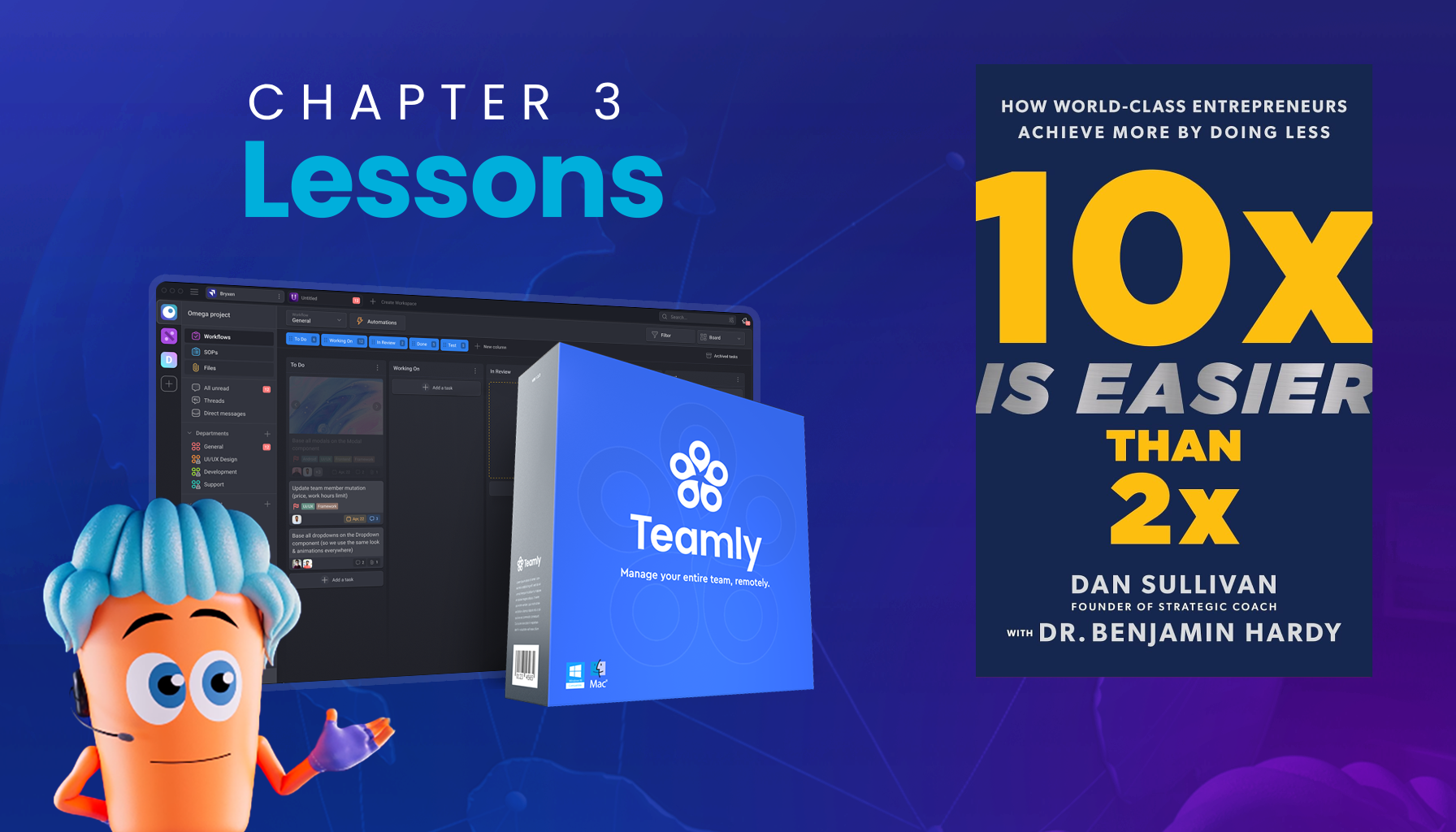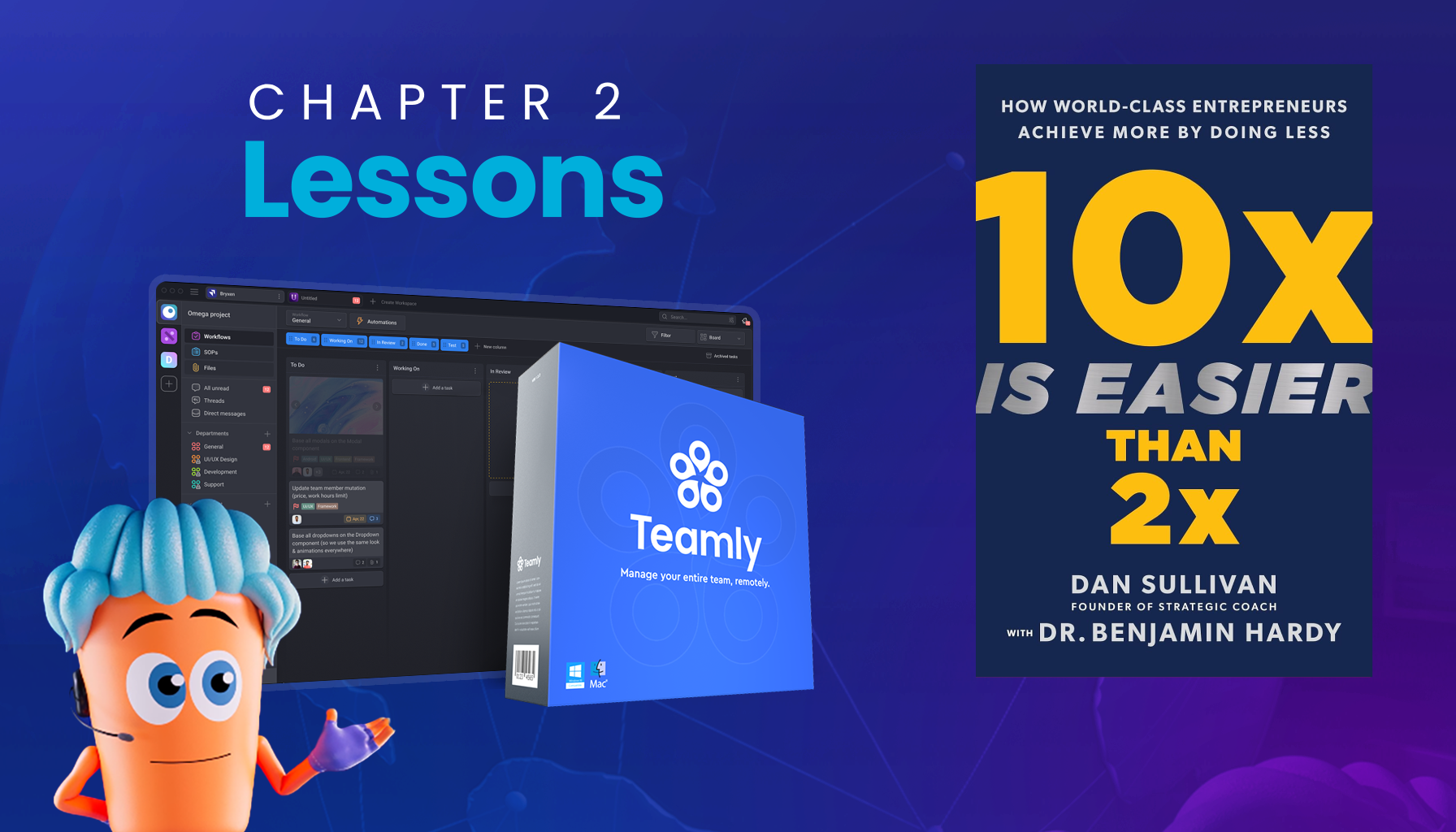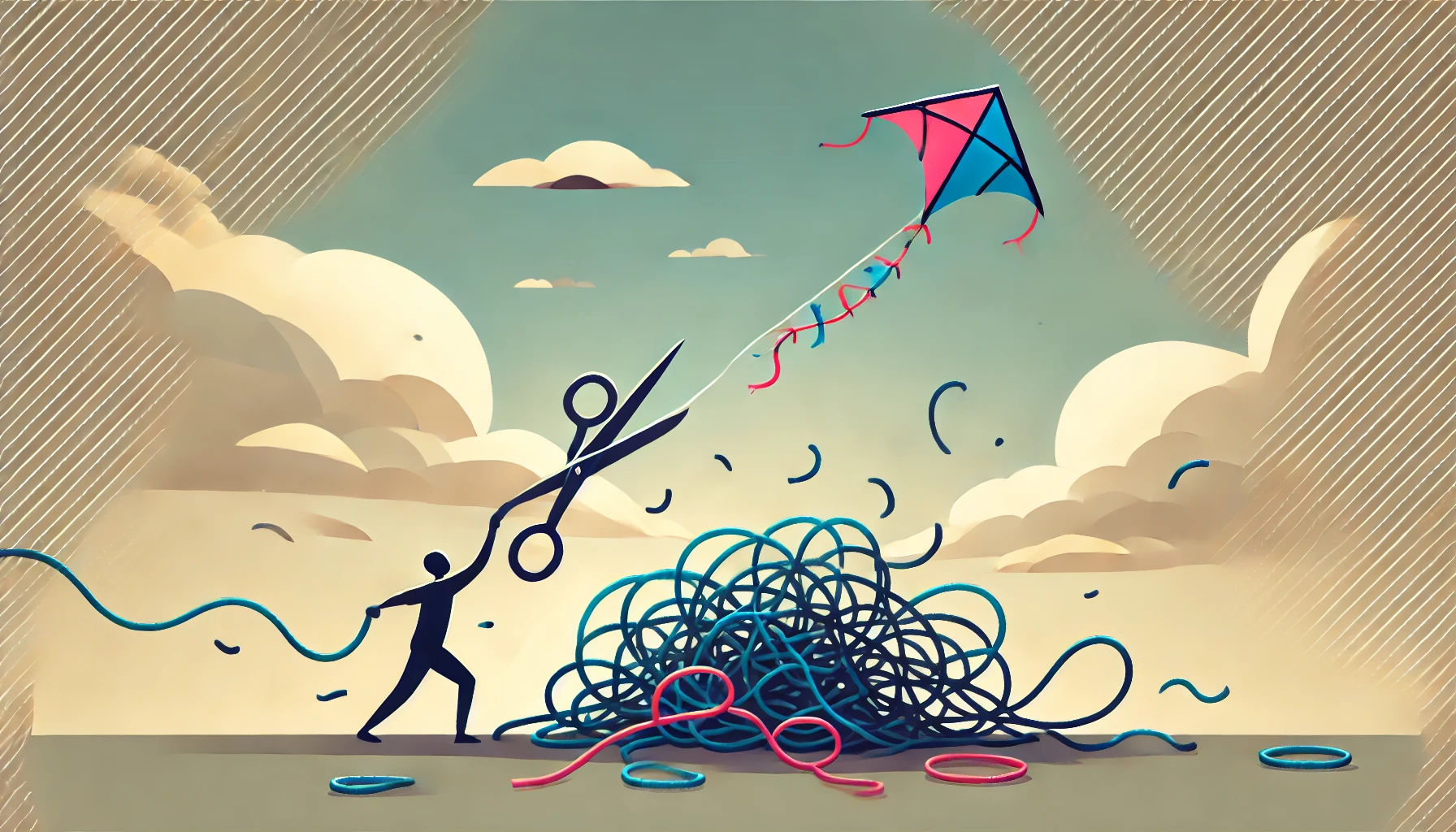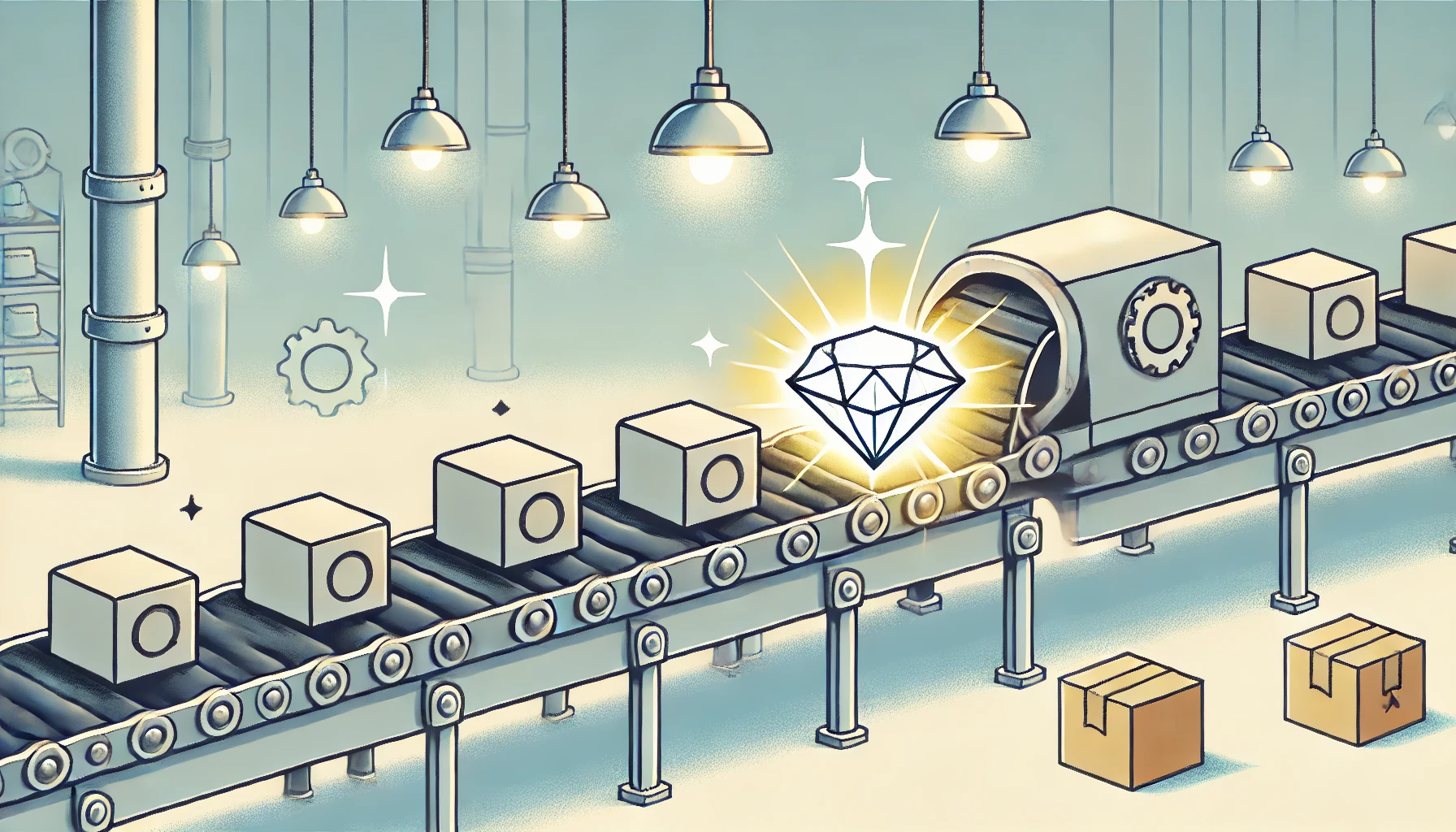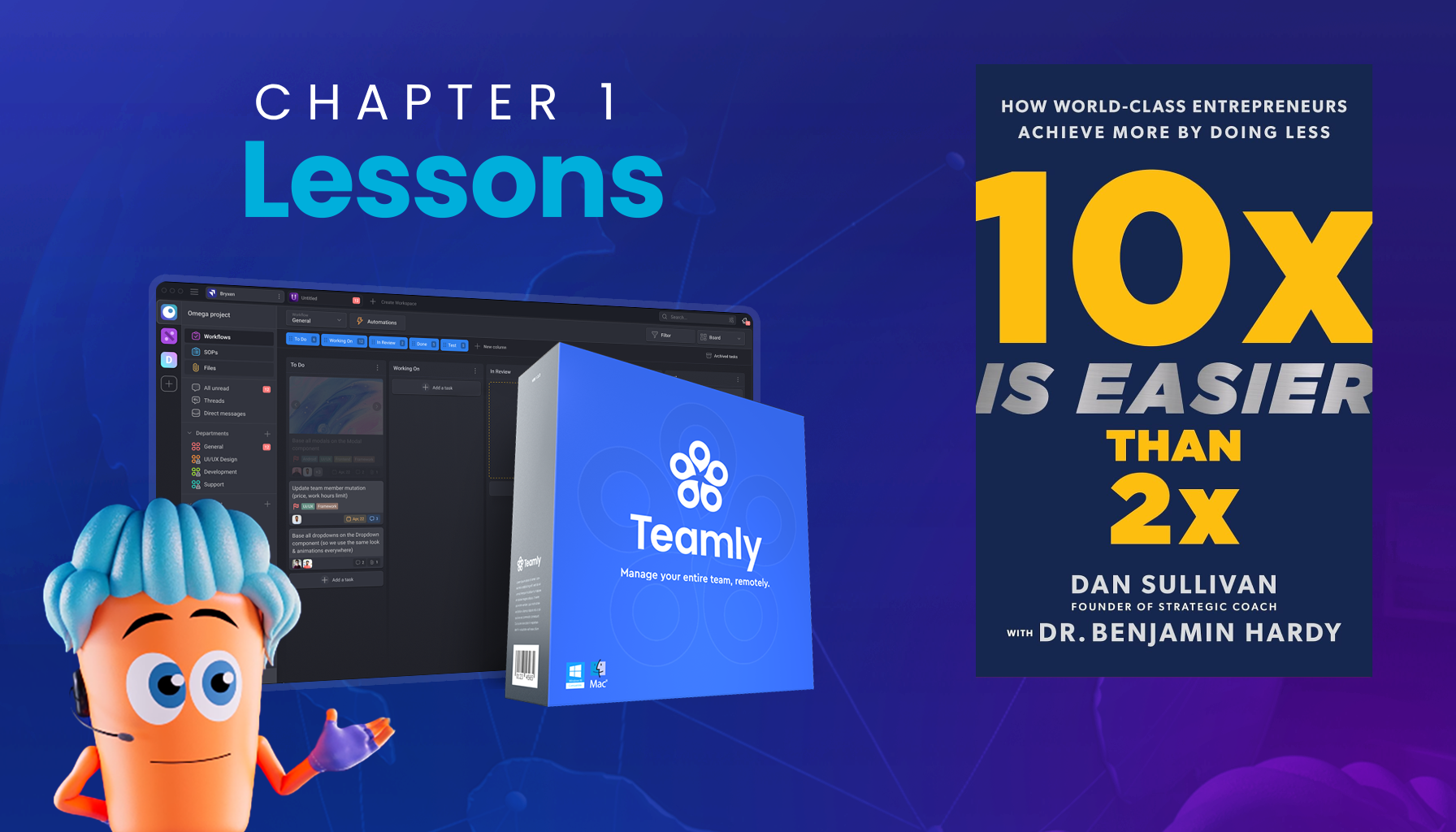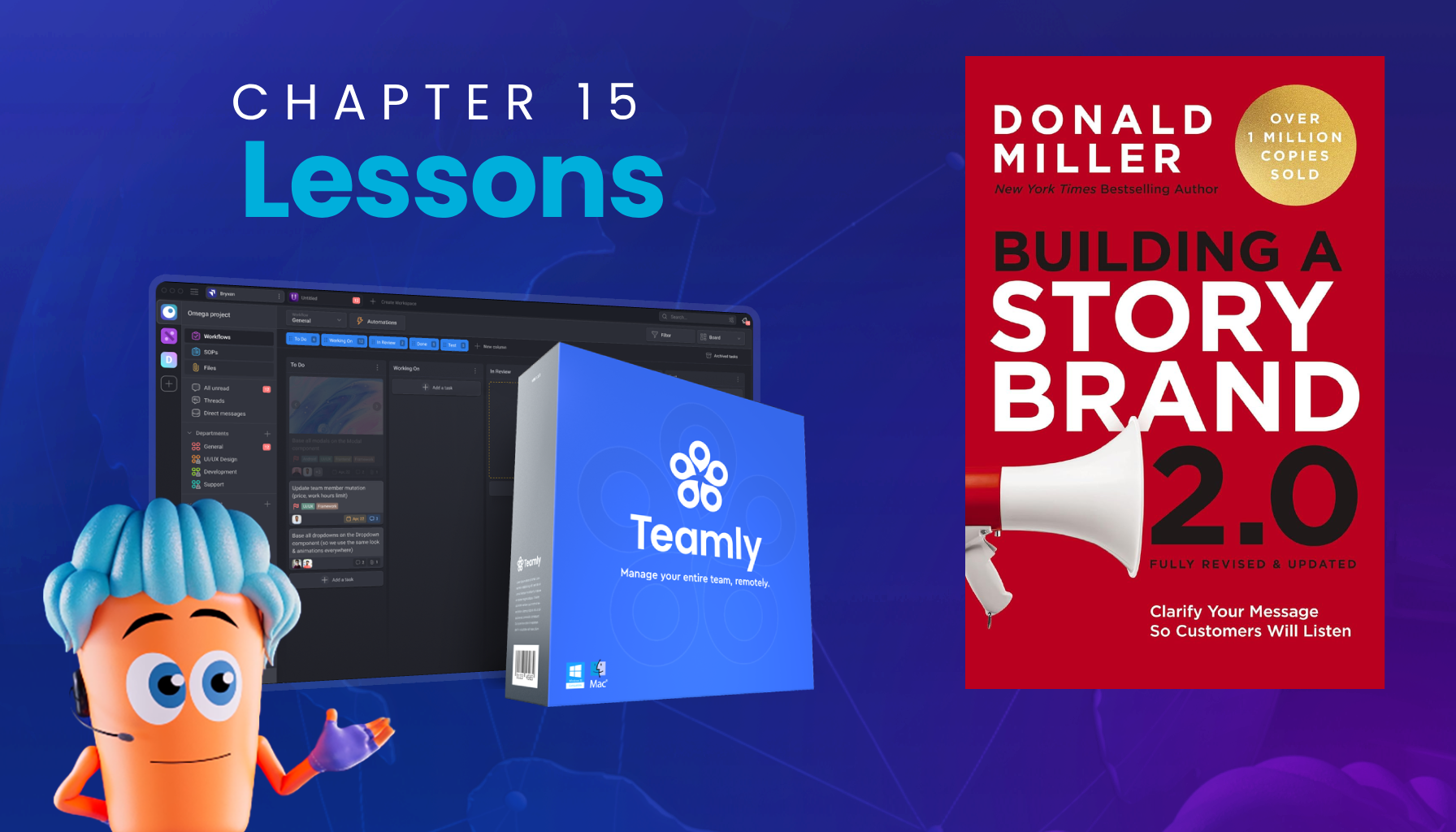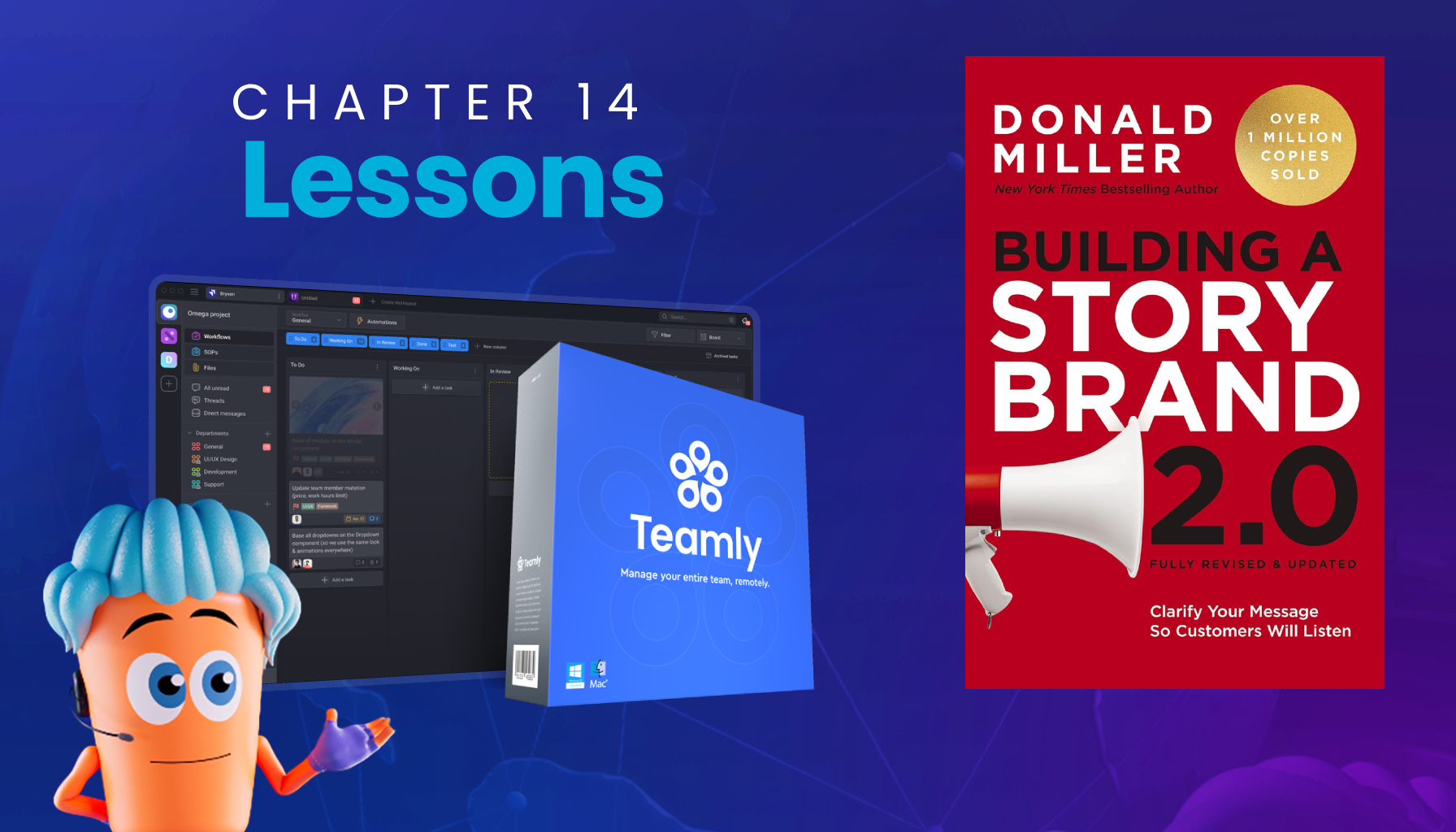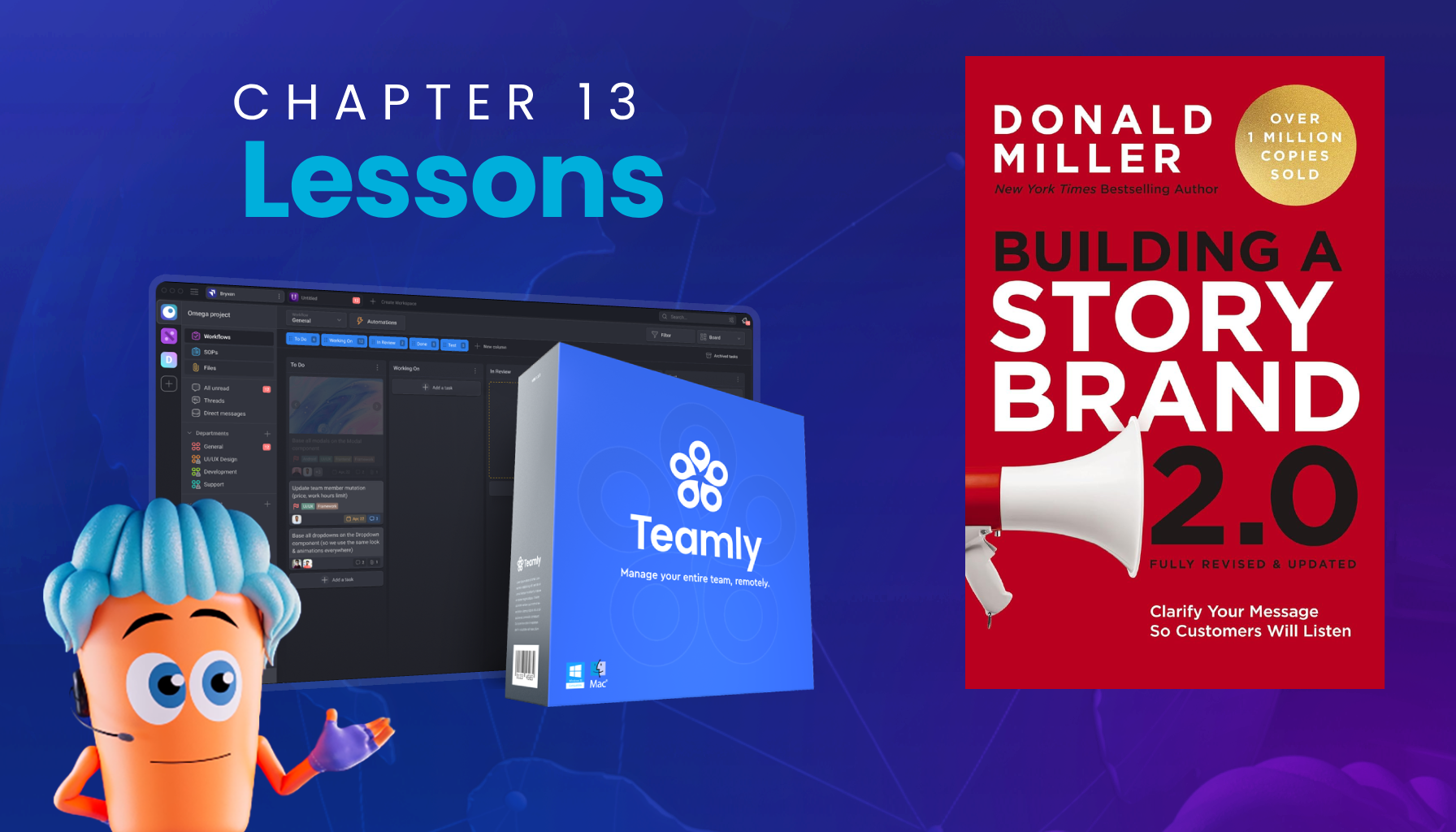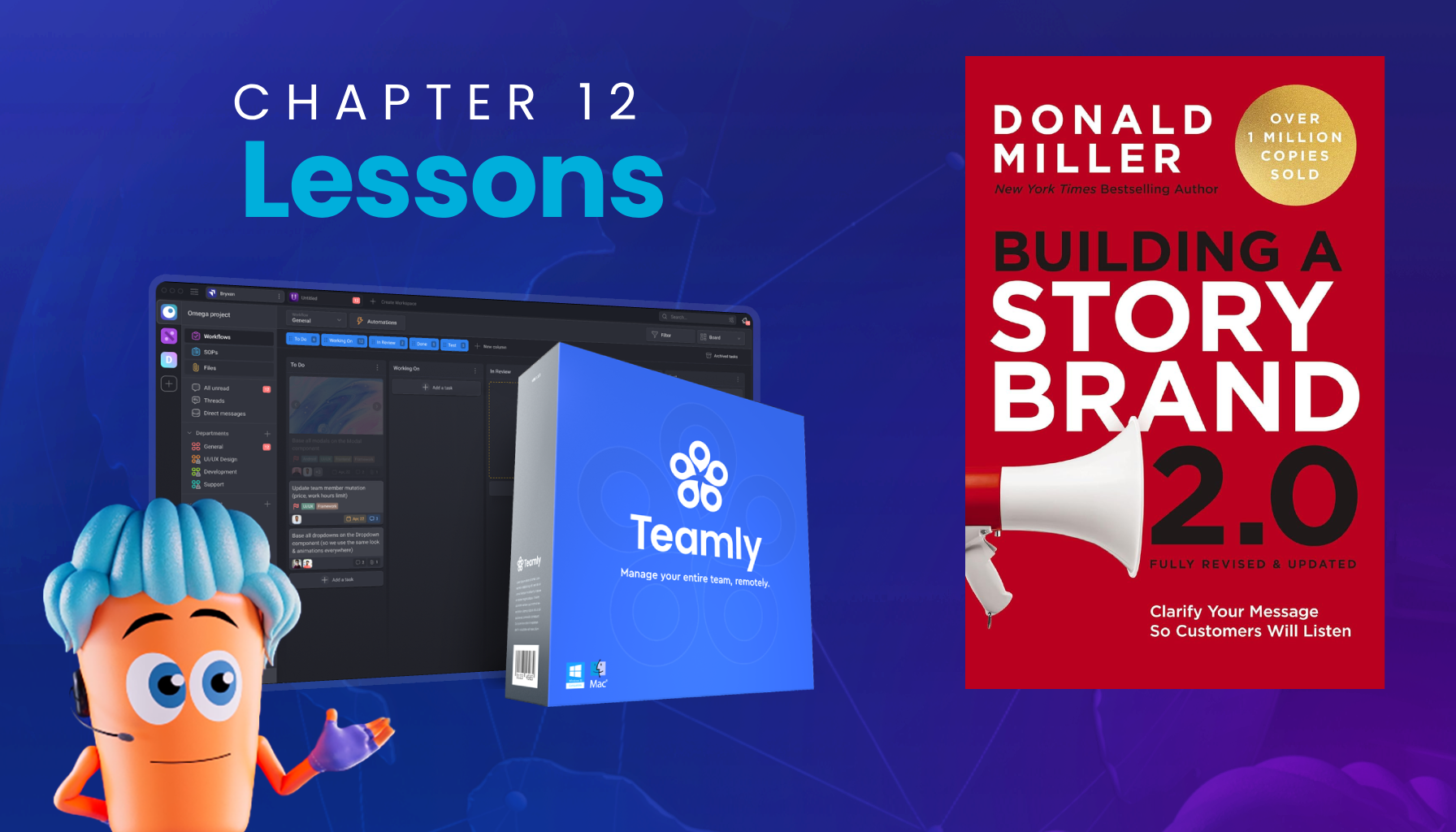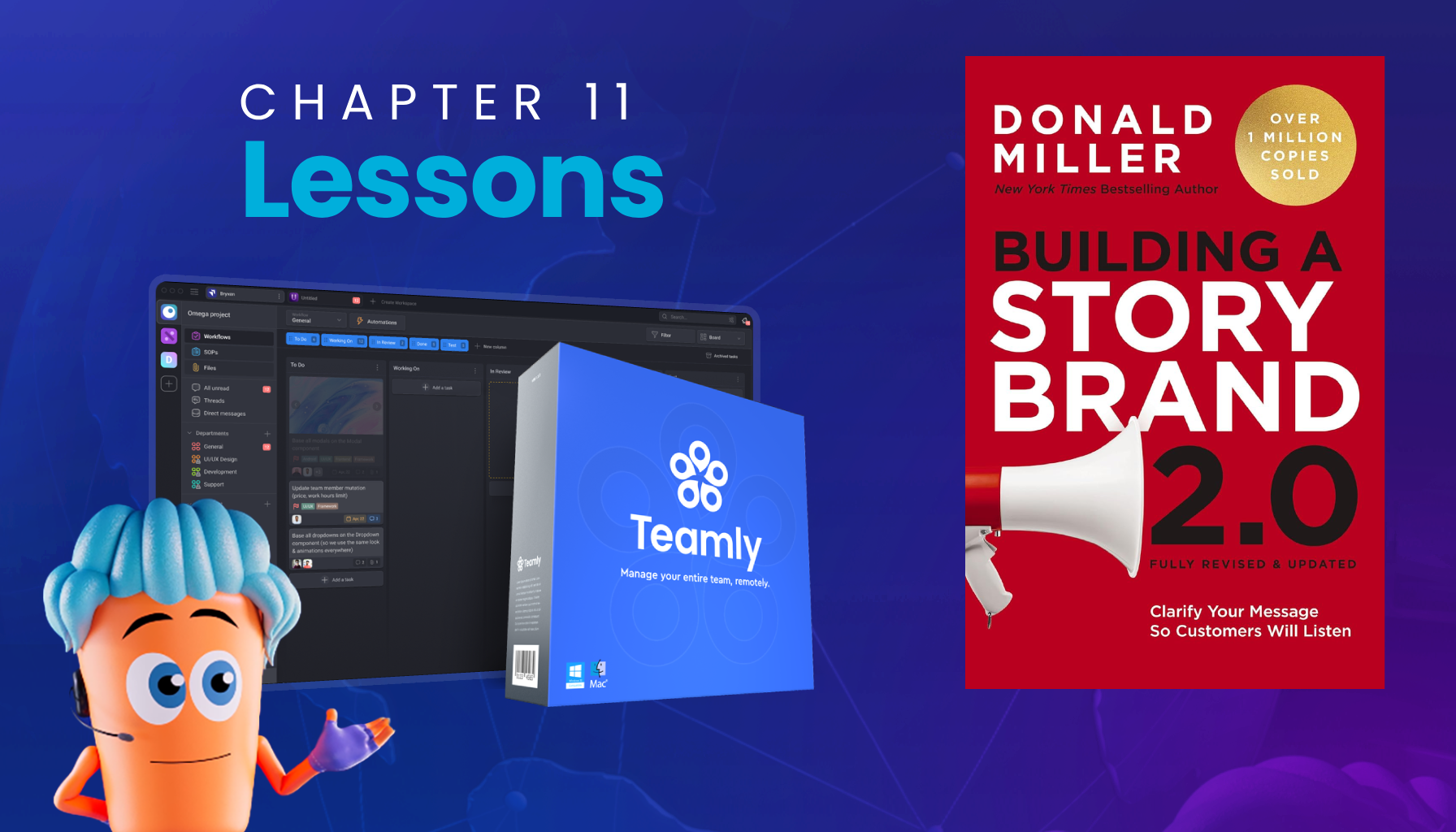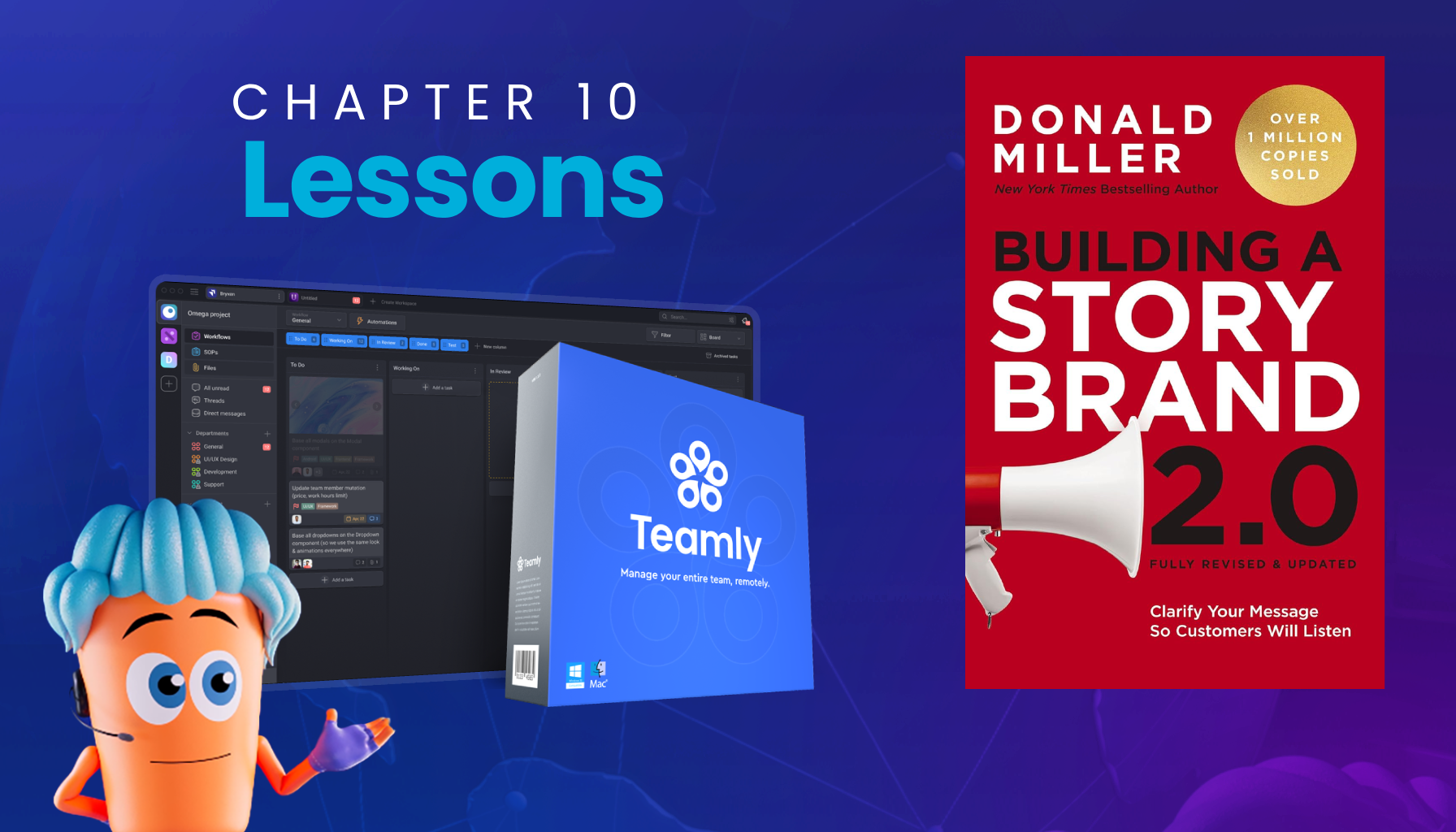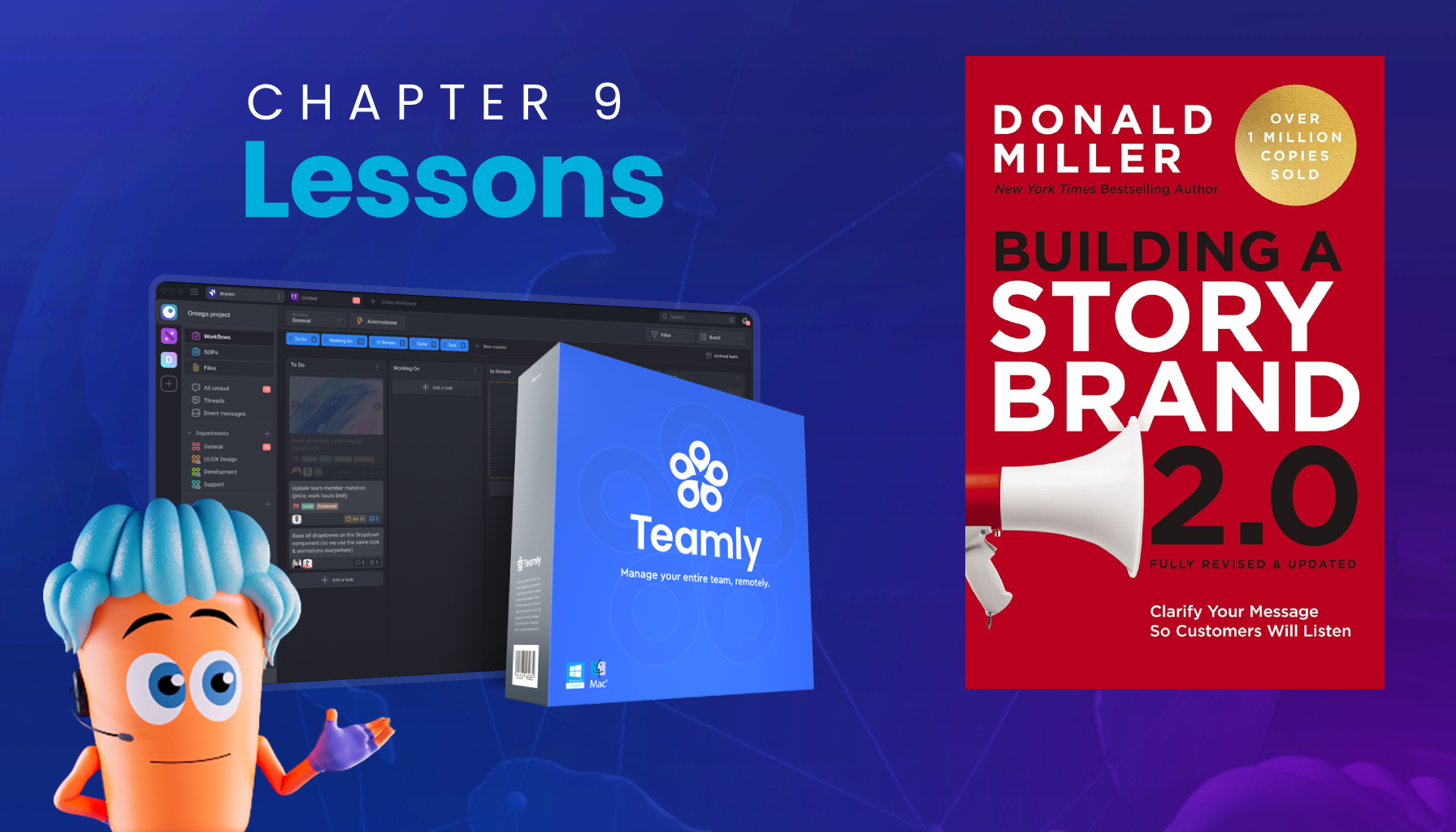The latest chapter in 10x Is Easier Than 2x is a force of nature. It swaps out the usual incremental improvement mindset for a perspective-shifting approach that celebrates freedom, purposeful desire, and exponential growth.
It’s energetic, practical, and downright transformative—perfect reading for anyone ready to break free from traditional, safe-but-stifling goals.

The Choice Between Freedom and Security
Chapter 3 wastes no time in presenting the first big idea: the tension between freedom and security. In many circles, security is heralded as the ultimate achievement.
A steady job, a predictable routine, and a safe environment are widely regarded as the apex of success. However, there’s a subtle catch. Security can become the enemy of the real treasure—freedom.
According to the text, 80% of life can feel secure but simultaneously lock away the spark needed to pursue what matters most.
The pressure that pushes us into chasing security isn’t just external. It’s the internal voice saying, “You need to hold onto what you have. You can’t risk losing it.” But by fixating on security, we may unwittingly trade away personal growth, creativity, and genuine fulfillment.
The author reinforces that freedom isn’t exclusively an external resource.
Individuals can possess all the outward freedoms—money, favorable living conditions, or a flexible schedule—yet still feel imprisoned by their own limiting beliefs. Conversely, even in periods of tight constraints, people who prioritize freedom on the inside can experience a remarkable sense of possibility.
All of this leads to a refreshing perspective on personal power: you get to choose what to value and how to respond to obstacles.
This echoes Viktor Frankl’s famous insight about the space between stimulus and response being where personal freedom resides. Chapter 3 underscores how that inner decision—opting for freedom over perceived security—often catalyzes significant breakthroughs.

Why Desire Outranks Need
A powerful concept emerges here: too many people do things because they believe they need them.
Chasing “need” becomes synonymous with grasping for external validation, financial security, or social approval. Yet the book points out that those who truly break barriers are guided by want.
Want fuels passion and energy. People who operate under “want” find themselves focusing on their genuine interests, even if they defy common expectations.
The text cleverly compares this to the difference between living by fear and living by excitement. If need is about fear and scarcity—“I have to do this or else”—want is about opportunity and abundance—“I genuinely desire this.”
It’s a subtle mental shift that sparks big results.
Chapter 3 uses inspirational references like Martin Luther King Jr. and Elon Musk, innovators who led from their deep wants, not from a sense of frightened necessity. By listening to that inner spark, they cultivated movements and ideas that changed industries and societies.
The text insists that acknowledging one’s authentic wants is a courageous act. There’s a fear that revealing what you really want might invite judgment or risk.
But the core message is: everything you want is on the far side of that fear. Let go of the illusions that revolve around security, and opt for the possibilities anchored in what truly excites you.

Embracing Unique Ability
Next, the chapter moves beyond standard discussions of “talent” or “skill.” Instead, it raises the notion of Unique Ability.
This is more than just being good at something—it’s the most authentic expression of personal value creation. It’s that deeply embedded way of thinking and acting that no one else can duplicate.
A prime example featured is legendary skateboarder Paul “P-Rod” Rodriguez. Yes, he has undeniable skill on a board.
But what catapulted him to global prominence isn’t just skill; it’s his distinctive viewpoint, mindset, and tireless capacity for executing innovative moves. His skateboarding becomes artistry. That’s his Unique Ability.
For entrepreneurs and ambitious professionals, Dan Sullivan’s five decades of coaching show how focusing on Unique Ability is the key to making a 10x leap.
The chapter compares your Unique Ability to Michelangelo’s David, which existed in the marble, waiting to be revealed.
Everyone has their own David. It just requires the willingness to chip away at the extraneous pieces—old habits, external obligations, or limiting beliefs—so that the core can shine.

Non-Linear Growth: The Path to 10x
Chapter 3 firmly rejects linear progress. Going 10x involves lateral shifts and reinventions, not a mere step-by-step improvement.
The big takeaway is that incremental thinking—2x goals—often keeps people tethered to the status quo. Breaking into 10x territory invites creativity, risk-taking, and bold new directions.
Michelangelo, the archetypal Renaissance man, exemplifies this reinvention. He was a sculptor at heart yet transitioned to painting the Sistine Chapel ceiling and finally to architecture.
Each leap built on his visionary approach and not solely on a single skill set. Similarly, those pursuing 10x success must regularly let go of old identities to make room for even bigger transformations.
The line that resonates most? “Each new 10x jump requires letting go of the past version of yourself.”
The focus here is on expansive possibility. By discarding that older self, new options appear. This shedding is rarely easy. But the payoff—living a life that defies the mundane—makes it well worth the leap.
Fulfilling the Unique Ability Commitment
The book frames the decision to commit fully to Unique Ability as both daunting and exhilarating. It demands that work become play.
When that happens, progress accelerates at an astonishing pace because the energy spent on doubt or fear gets redirected into mastery and momentum.
Getting into that state often involves a willingness to say “no” to seemingly good opportunities that fall outside your core.
The chapter emphasizes how letting go of distractions is crucial for 10x growth. There’s a reason some of the most focused individuals—from champion athletes to leading entrepreneurs—are known for their unwavering dedication to their core pursuits.
It’s described as a place where you learn more quickly, produce results that differentiate you, and stop competing because your approach can’t be replicated.
This synergy fosters a sense of flow that keeps ambition strong and consistent. The more you dive in, the more momentum you build.

The Buyer vs. Seller Mindset
Chapter 3 also digs into the “Buyer” versus “Seller” mentality. A Buyer has principles, standards, and the strength to walk away if terms aren’t right.
A Seller, by contrast, is desperate to make the deal—bending to every outside demand in an attempt to keep people happy or hold onto security.
The narrative retells the story of Paul Rodriguez’s sponsorship deal with Nike. He negotiated on his terms, ready to leave if things didn’t match his vision. He acted like a Buyer.
This approach is vital to 10x thinking because it eliminates the fear-based scramble. When you know your worth and your Unique Ability, you can stand firm.
Sellers are trapped in a finite game—get the sale, close the deal, secure the short-term benefit.
Buyers, however, operate in an infinite game. They see beyond immediate transactions into long-term growth and evolution. That vantage point makes 10x growth feasible, because it stops the energy drain of constantly chasing external validation.
The Power of Transformational Relationships
The book insists that nobody moves into 10x territory alone. Transformational relationships are essential—partnerships where each party recognizes they have everything to offer and nothing to lose.
This dynamic is dramatically different from transactional arrangements, where individuals are primarily looking to see what they can extract.
In the best collaborations, every individual stays in the Buyer mode. Boundaries and expectations are clear, and both sides are open to continuous innovation.
When either side slips into the “Seller” role, the partnership begins to stagnate. The synergy that fuels 10x expansions gets replaced by short-term negotiations and guarded postures.
Whether it’s a business alliance or creative collaboration, approaching relationships as a synergy of equals—each with a distinct Unique Ability—generates excitement and potential for exponential returns.
It’s a mindset that fosters authenticity, respect, and a shared vision of what’s possible.
Discovering a Game with No End
An especially intriguing angle on 10x progress is how the chapter aligns with the concept of an infinite game.
Borrowing from James Carse, finite players focus on winning, while infinite players focus on perpetually evolving. In that sense, “winning” becomes a secondary goal. The primary objective is to continue playing and to keep elevating the level of play.
This model encourages consistent adaptation. Rather than chase a final finish line, it places emphasis on reinvention and persistent growth.
It ties neatly back to the idea that 10x growth isn’t linear or final. Once 10x is reached, it becomes the launching pad for the next 10x.
This infinite mindset challenges the fear-based approach to business or personal development. It suggests letting go of narrow, fixed goals in favor of bigger, bolder horizons.
Teamly software—used by many businesses for streamlined project management—highlights how harnessing technology and collaborative platforms can support that endless evolution by breaking down silos and encouraging fluid teamwork.
Ultimately, the chapter closes by making the case that those who are willing to keep playing, growing, and transforming will be the ones who realize extraordinary leaps.
Readers of 10x Is Easier Than 2x are left with a resonating message: true freedom is an inside job, desire is more potent than need, and the path to exponential growth demands a readiness to let go, stand confidently as a Buyer, and collaborate only in ways that elevate everyone involved.
For anyone eager to see these perspectives come alive, the full story awaits. The book’s insights can reshape how goals are set, how partnerships are formed, and how one sees the link between security and freedom.
The best part is how it invites bold imagination, so that dreams get bigger and results follow in kind. Get your copy of 10x Is Easier Than 2x on Amazon here.
